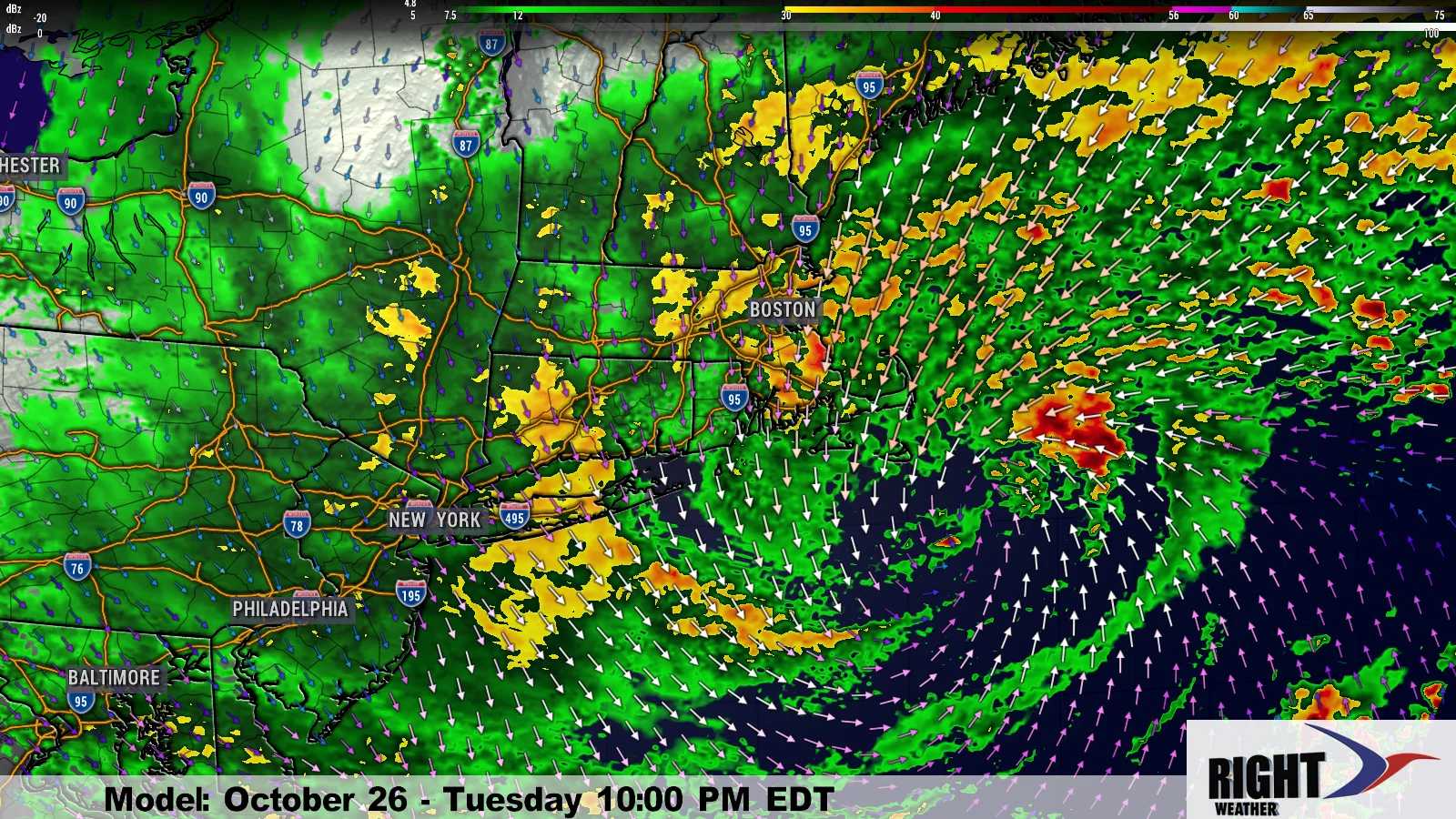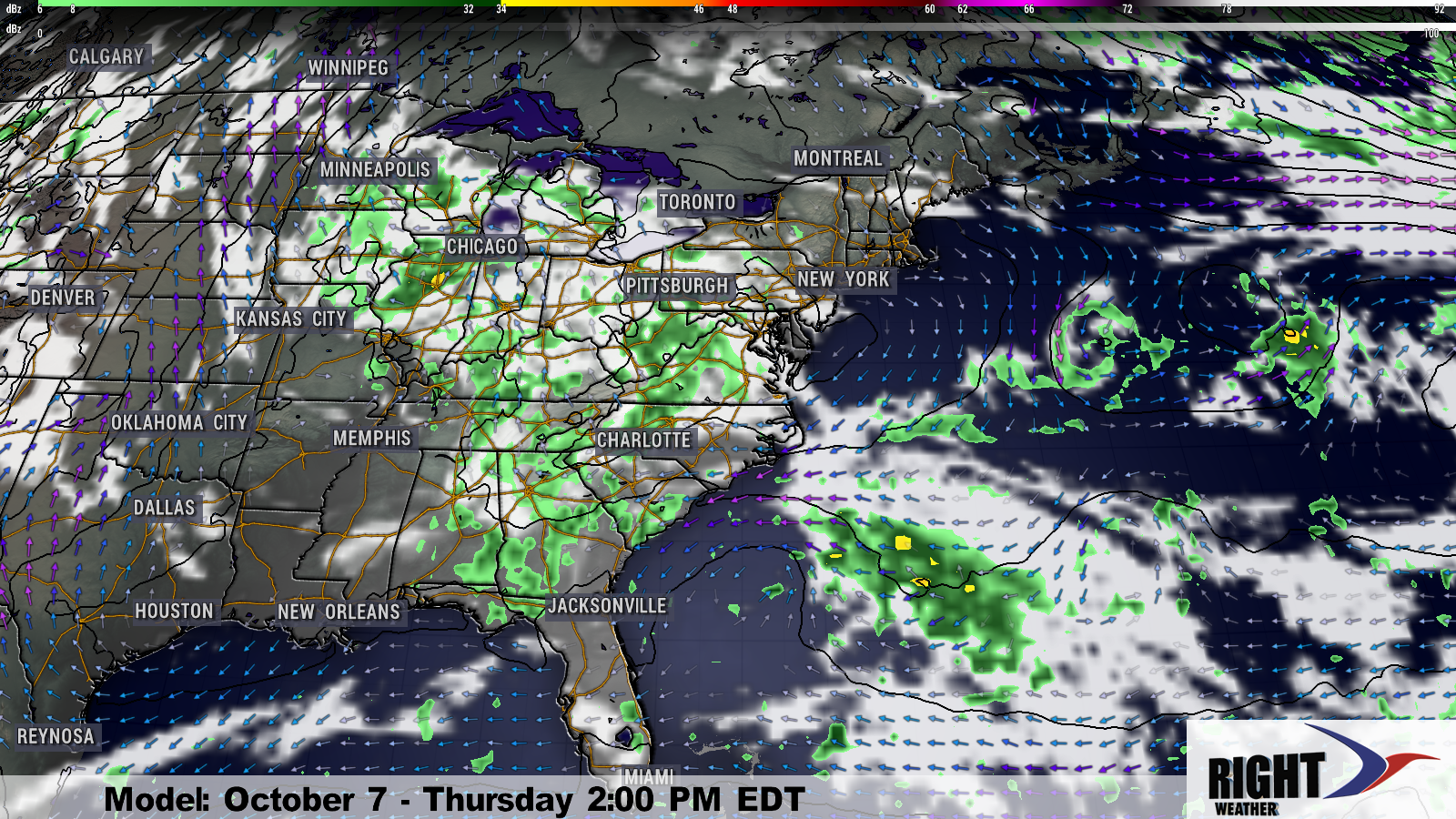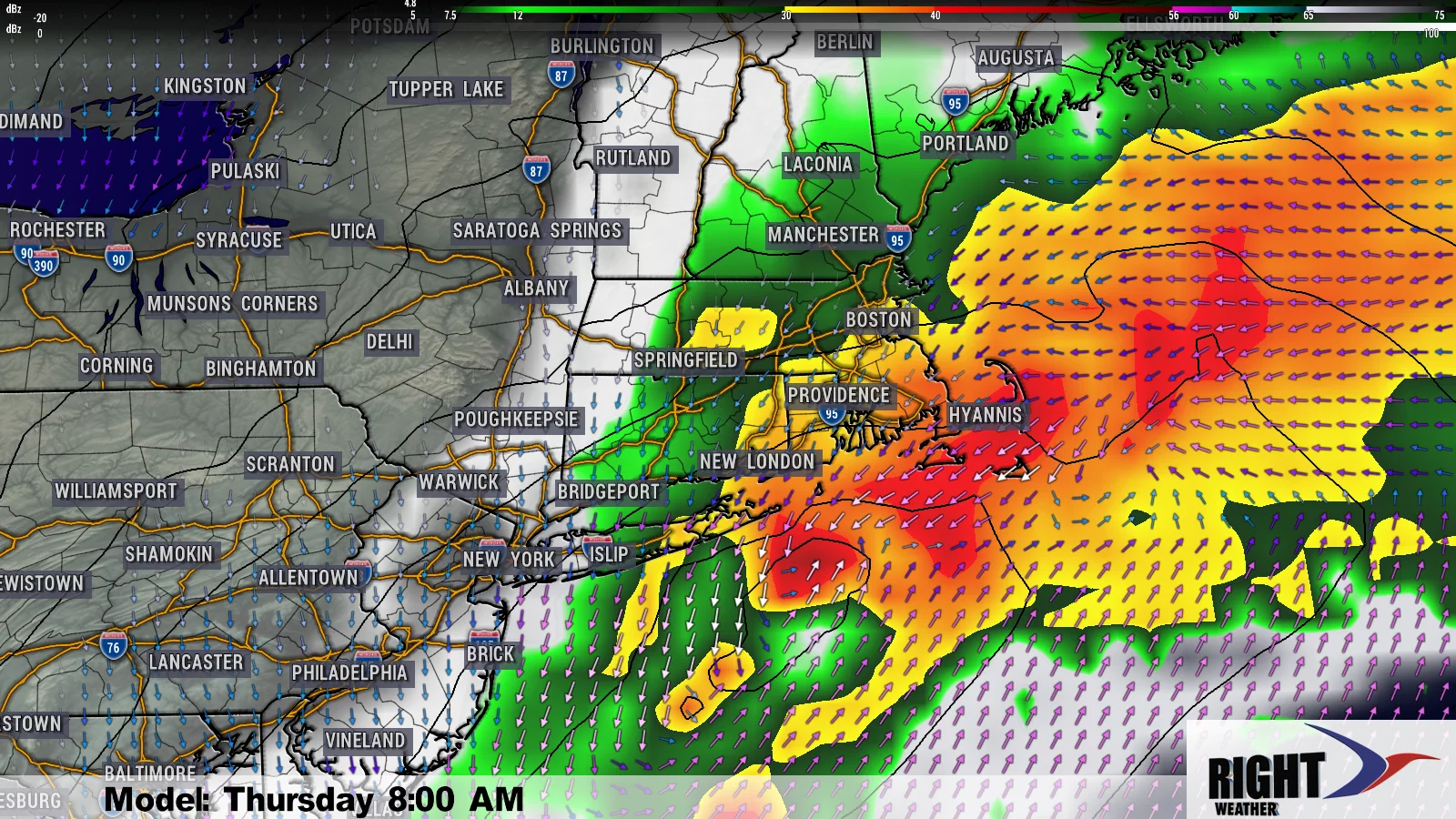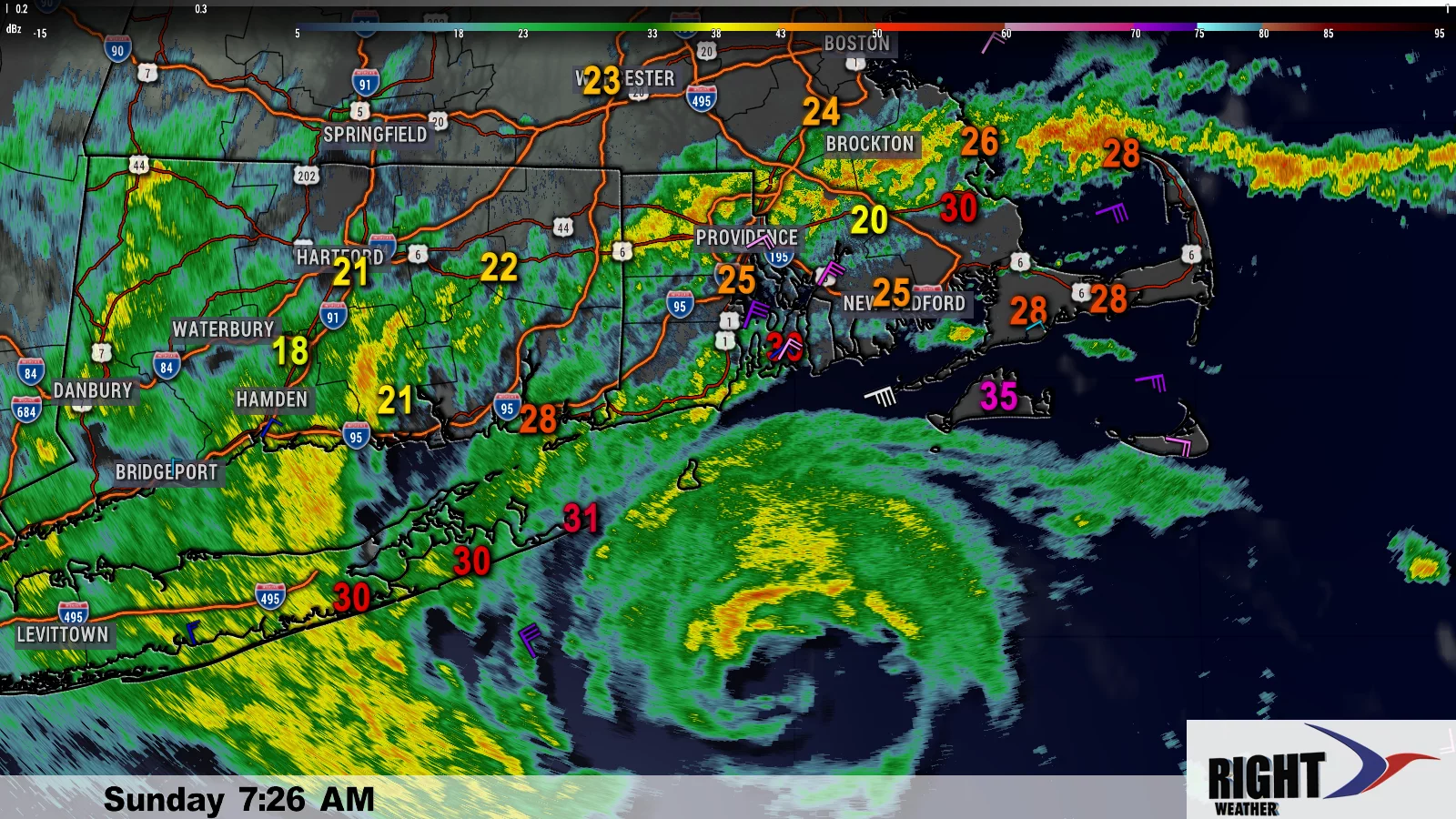Pro Update: What it will take for snow from the Nor’easter
Southern New England is no stranger to early-season snowstorms. Just last October, a freak Nor’easter dumped more than a foot in Western Massachusetts and Connecticut. For many of us, still weary from Sandy, the thought of snow is headache-inducing. For the snow lovers though, the white stuff can’t come soon enough. So, what are the ingredients necessary to turn the Wednesday-Thursday storm into a snow-producer for Southern New England and the Mid-Atlantic?

This time of the year, a lot of factors need to come together perfectly to lead to a decent snow event near the coast in the Northeastern United States. Most or all of these parameters need to be in place for this Nor’easter if Boston, Providence, New York City and most of New Jersey are to see snow.
- The storm must take a track far enough offshore to prevent some warmer air from wrapping into the system a few thousand feet off the ground. That warmer air will melt any falling snowflakes to rain, and the air near the surface probably isn’t cold enough to refreeze them to ice pellets, so the result is a very chilly rain. If the track is offshore, that layer of milder air stays farther east, and the colder air can be locked in over the coastal Northeast.
- If the storm travels farther east, that helps to keep the high pressure to our north in place, and that provides a mechanism for keeping the chilly air filtering into the system. It’s a little chicken and the egg scenario, but the end result is the same. Is the high to the north stronger because of the easterly track, or is the easterly track induced by a stronger high to the north? Either way, it’s a colder solution
- The low-level wind direction must stay north to northeast. The track of the storm plays a big role in determining the direction of the surface wind, and a north-northeast wind, with less maritime component, will be helpful in keeping the surfaces temperatures closer to the mid 30s – which is cold enough to support snow if…
- The precipitation must be heavy enough to overcome the relatively mild boundary layer conditions. The boundary layer is the pocket of air closest to the surface. A month or two from now, with a setup like this, it would be a no-brainer for at least icy precipitation, if not all snow. This time of year, however, the ocean temperature is still in the 50s, so it’s a lot harder to get that temperature down to near-freezing, even with a northeasterly wind. One of the ways it can happen is by dynamic cooling. To put it simply, the snow falls at such a prolific rate that it takes care of cooling the boundary layer by bringing down the colder air from above, rather than having it filter in from Canada.
So, will all of these elements come together for a Northeast snowstorm near the coast? I doubt it, but it’s not off the table. If you live in NW RI, I wouldn’t gas up the snowblower just yet, but I also wouldn’t rule out some last-minute changes that turn late Wednesday from wet to white.



